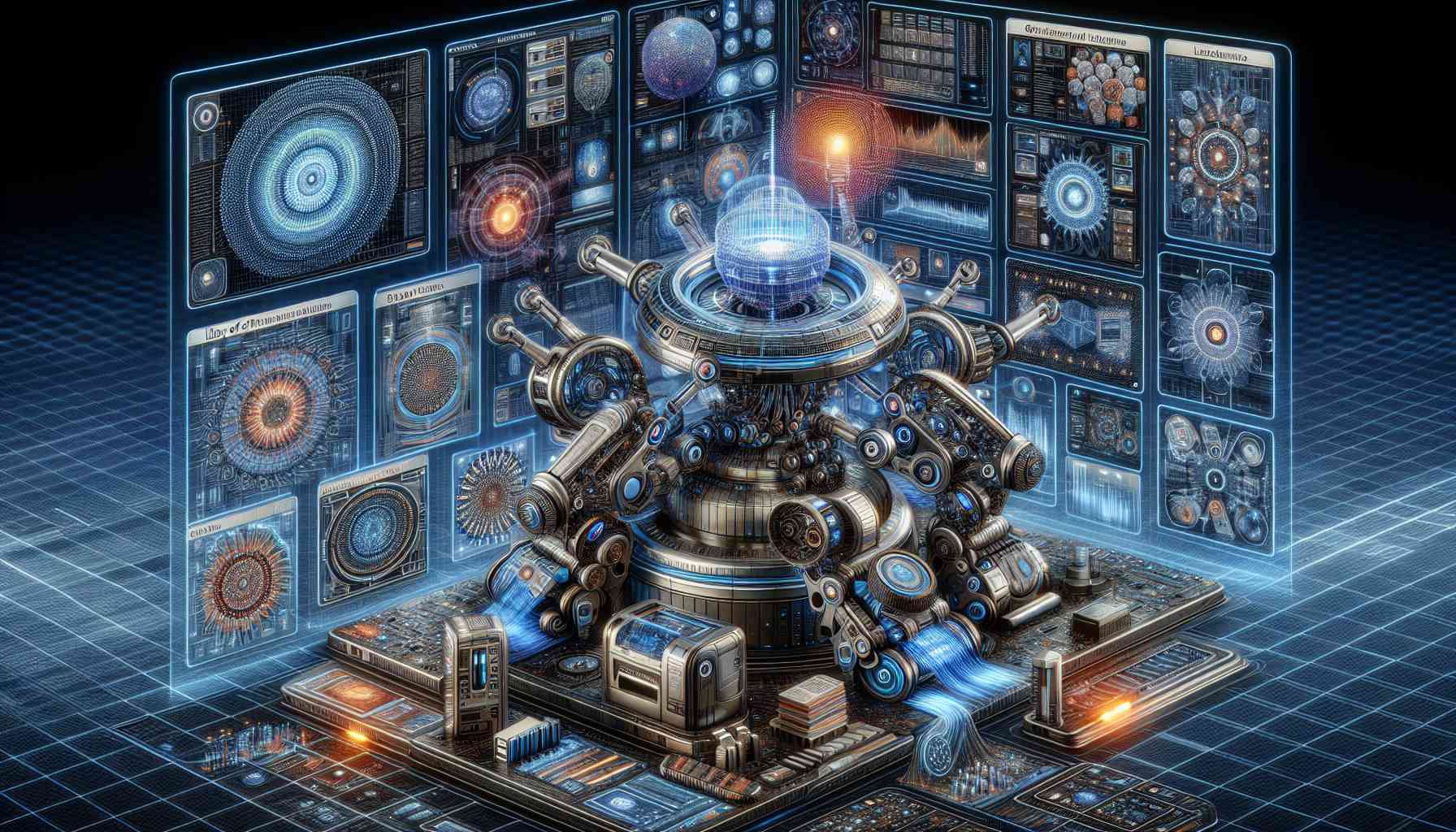Generative Artificial Intelligence (AI) has emerged as a driving force behind innovative breakthroughs across various industries. By leveraging machine learning algorithms, Generative AI analyzes extensive data sets to generate new and unique content. This technology goes beyond replication, enabling the AI to invent entirely original creations that are similar in style, tone, or function to the input data.
Two primary models commonly used in Generative AI are generative adversarial networks (GANs) and variational autoencoders (VAEs). GANs consist of a generator that creates images and a discriminator that evaluates them, with the feedback from the discriminator helping improve the generator’s outputs. VAEs, on the other hand, focus on encoding and reconstructing compressed data, allowing for the generation of new and similar data.
Numerous examples highlight the diverse applications of Generative AI:
– DALL-E: Developed by OpenAI, DALL-E is a platform that can generate unique and detailed images based on textual descriptions. Its deep understanding of context and word relationships facilitates this remarkable capability.
– Midjourney: This generative AI platform facilitates the creation of imaginative imagery using deep learning techniques. Users can interactively guide the generative process, providing high-level instructions that yield visually captivating results.
– Dream Studio: This platform allows aspiring composers to create music using generative AI. By analyzing patterns in music data, the platform generates novel compositions based on user input and style preferences, encouraging musicians to explore new and creative ideas.
– Runway: Ideal for creative professionals, Runway offers a range of generative AI tools, including realistic image generation, photo manipulation, 3D modeling, and automated filmmaking. This platform empowers artists to experiment and refine various techniques.
Generative AI intersects with large language models like ChatGPT, showcasing AI’s language comprehension and generation capabilities. ChatGPT, built upon OpenAI’s GPT architecture, generates real-time text-based content in response to user prompts, including answers, essays, stories, code, and poetry.
The potential applications of Generative AI are vast and far-reaching. In the creative industries, it revolutionizes art, music, and literature creation, offering new expressive tools to artists. In marketing and advertising, personalized content generation enhances engagement rates. The healthcare sector benefits from generative AI in predicting molecular structures and assisting in drug discovery. In technology and engineering, generative AI optimizes design processes and aids in solving complex problems.
However, alongside these advancements, it is essential to address the ethical considerations and challenges that come with Generative AI. Concerns about misinformation, deepfakes, intellectual property rights, and potential job displacement need thoughtful and responsible solutions.
Looking forward, Generative AI will continue to evolve, transforming industries and pushing the boundaries of innovation. With careful consideration of ethical implications, this technology will unlock new realms of creative expression, problem-solving, and personalization. As human-machine creativity blurs, Generative AI stands as a powerful catalyst for shaping the future.
The source of the article is from the blog japan-pc.jp

